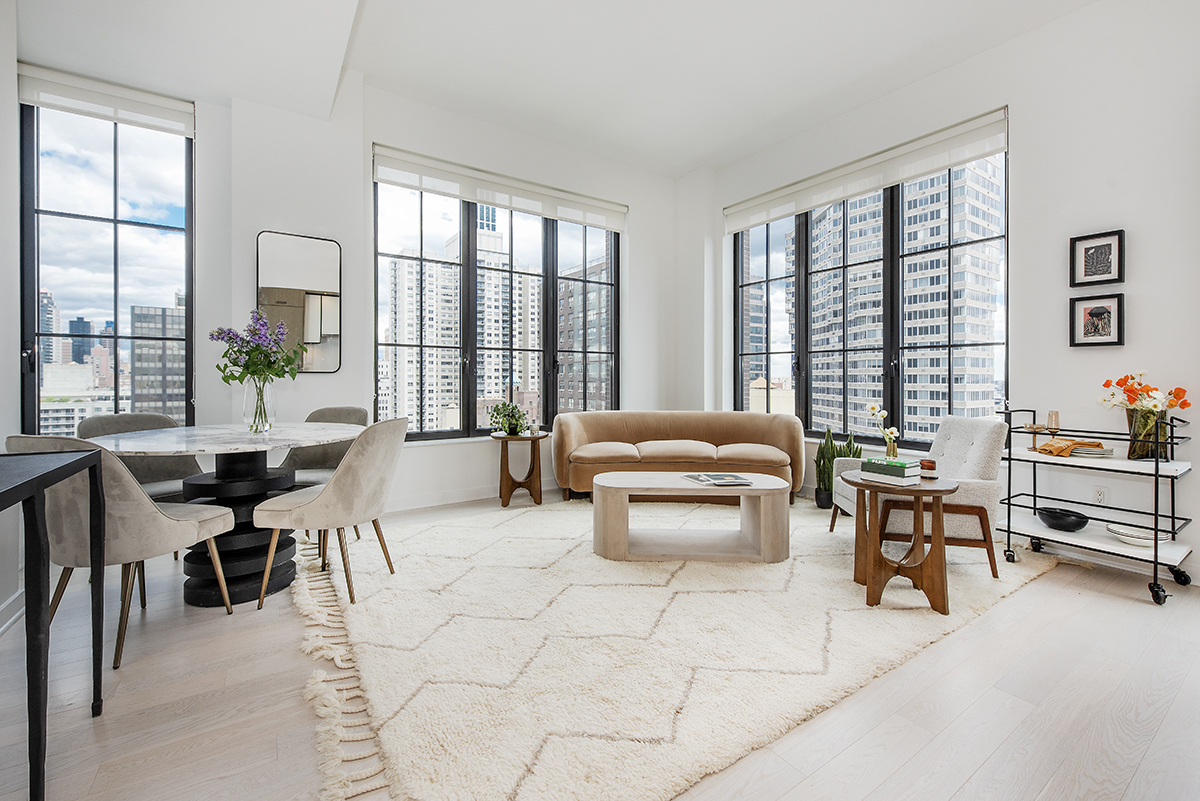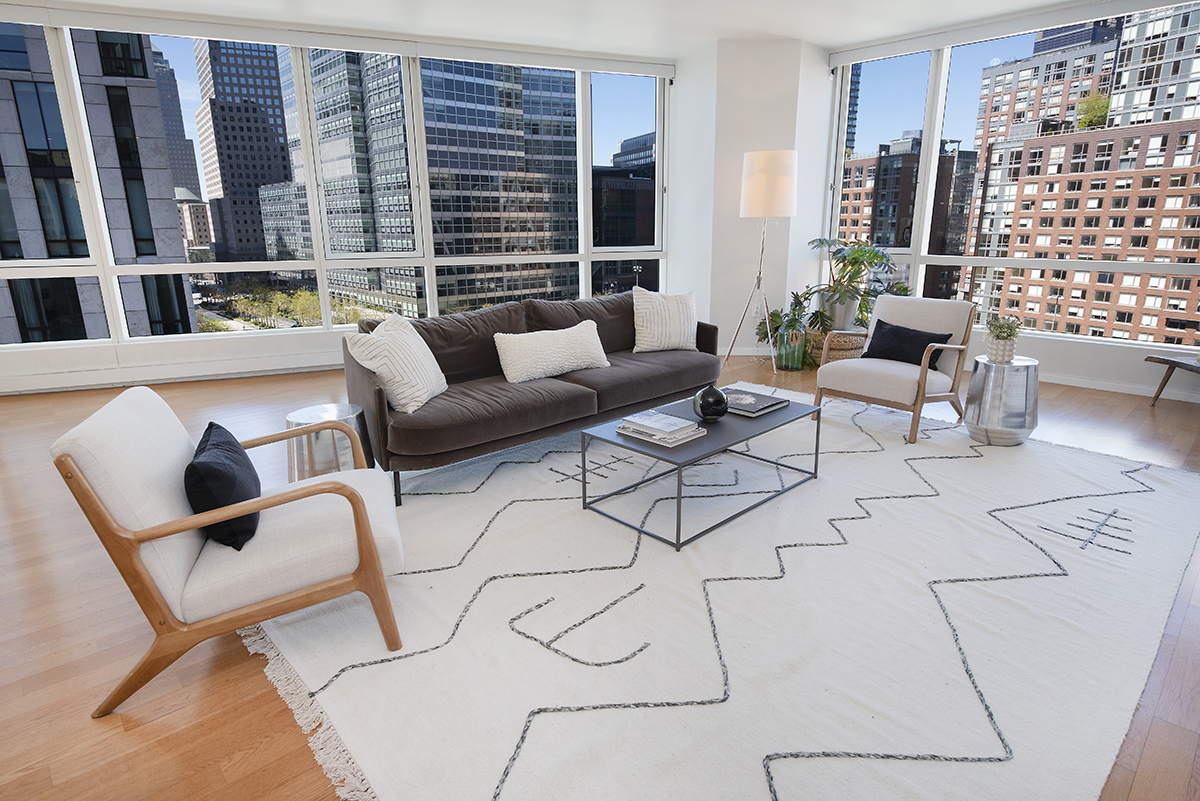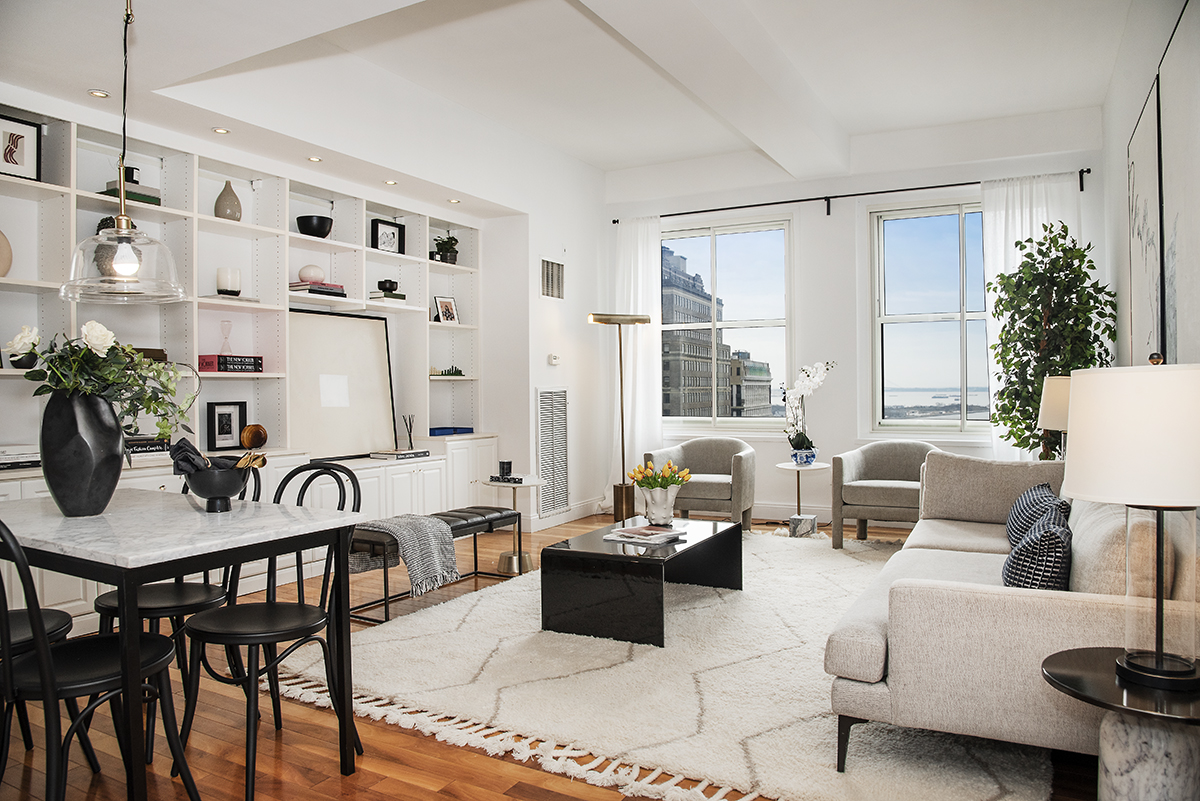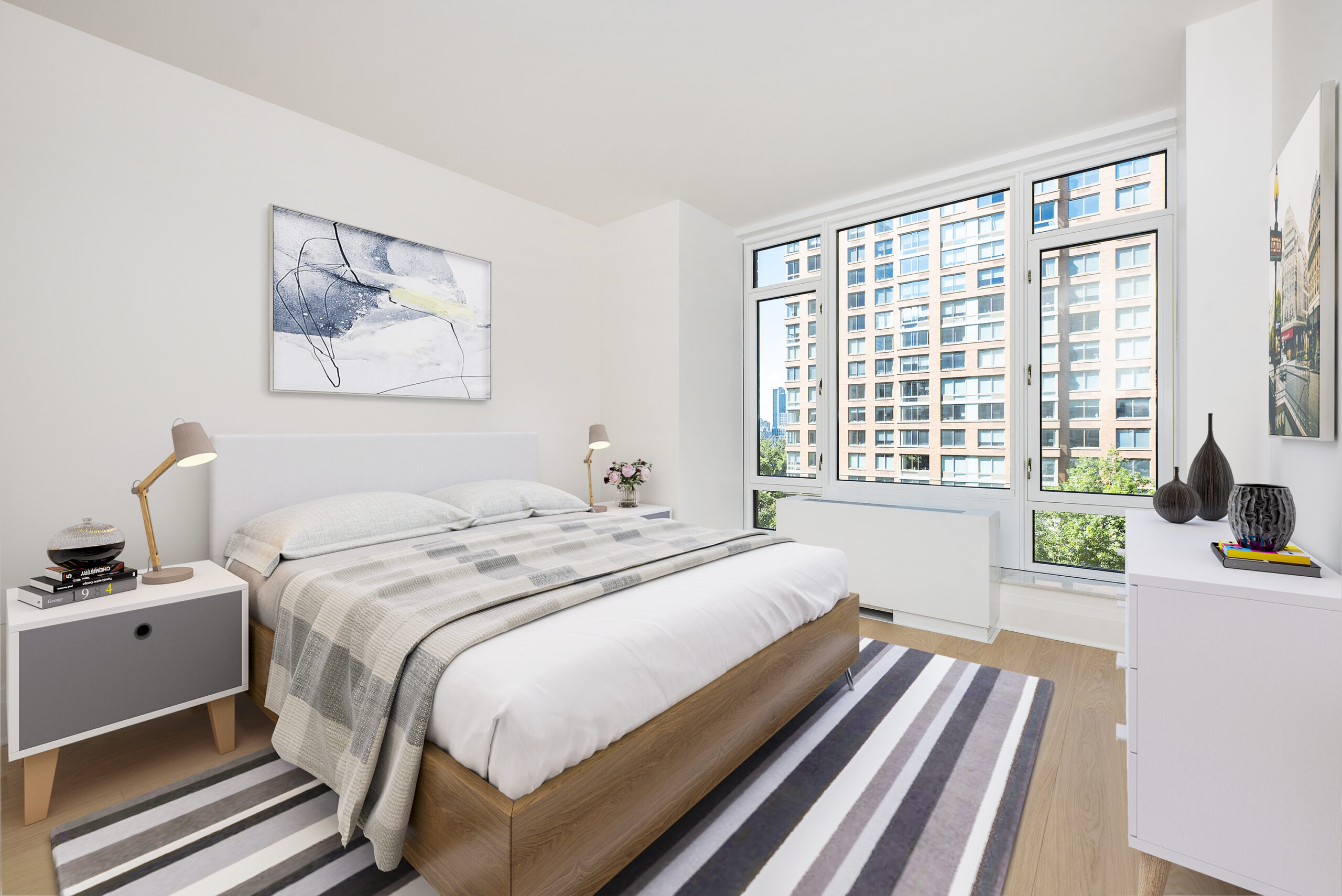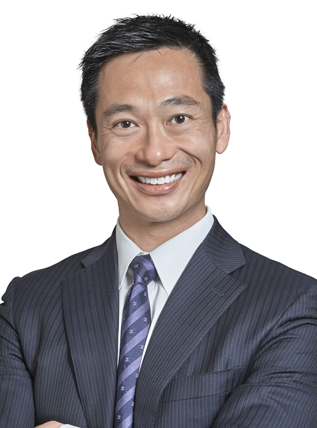How to Invest in Manhattan Property, Profit and Repeat
Posted by Wei Min Tan on May 20, 2022
Manhattan, New York is the world’s investment property mecca. It is one of only two Alpha++ cities in the world. This article focuses on how to invest in Manhattan residential condominium property, realize profits and repeat to grow a portfolio over time. Investors profit from steady appreciation, driven by global and local demand, and limited supply.
Why residential condominiums
In Manhattan, residential condominiums are the preferred choice for investors who:
(i) Have a budget of up to $6 million in property price, or equity of around $3 million as down payment. This means getting up to a four-bedroom condominium apartment. Post Covid, larger apartments (2 bedrooms+) are doing better than smaller apartments because people want more space with work-from-home.
(ii) Want to own directly without pooling with partners to buy a bigger property. Partnerships come with disagreements and issues.
(iii) Want minimal management hassles. There is no roof / furnace / facade the investor needs to be responsible for. If a toilet leaks or a lightbulb needs to be changed, the building’s staff can easily handle them.
Read more: A buyer’s broker for Manhattan condominiums
Determine leverage amount
Manhattan condominium apartments are not cashflow plays, rather investors buy for the steady appreciation. To break even on cashflow (having rents cover all expenses), an investor needs about 50 percent down payment. Investors who put down less down payment, for example 30 percent, would have negative monthly cash flow, but since there is less equity invested, there is higher return on equity (ROE) at sale.
Conversely, with more down payment, for example 50 percent, cash flow each month would likely break even. But there is lower return on equity upon sale because more equity was invested upfront.
Hence, the amount of leverage and tolerance on monthly negative cash flow are important decision factors.
Of course, an investor could buy without financing which means no mortgage to pay each month and the investor can enjoy the approximately 2.5 percent net rental yield while the property appreciates. Net rental yield here refers to gross rents less operating expenses of common charges, property taxes and insurance, as percentage of purchase price.
Read more: Benefits and risks of investing in a Manhattan property
Deal example: Halcyon new development in Midtown East, reserved at pre-construction stage. Close to subway and United Nations, attracting tenants paying top rents.
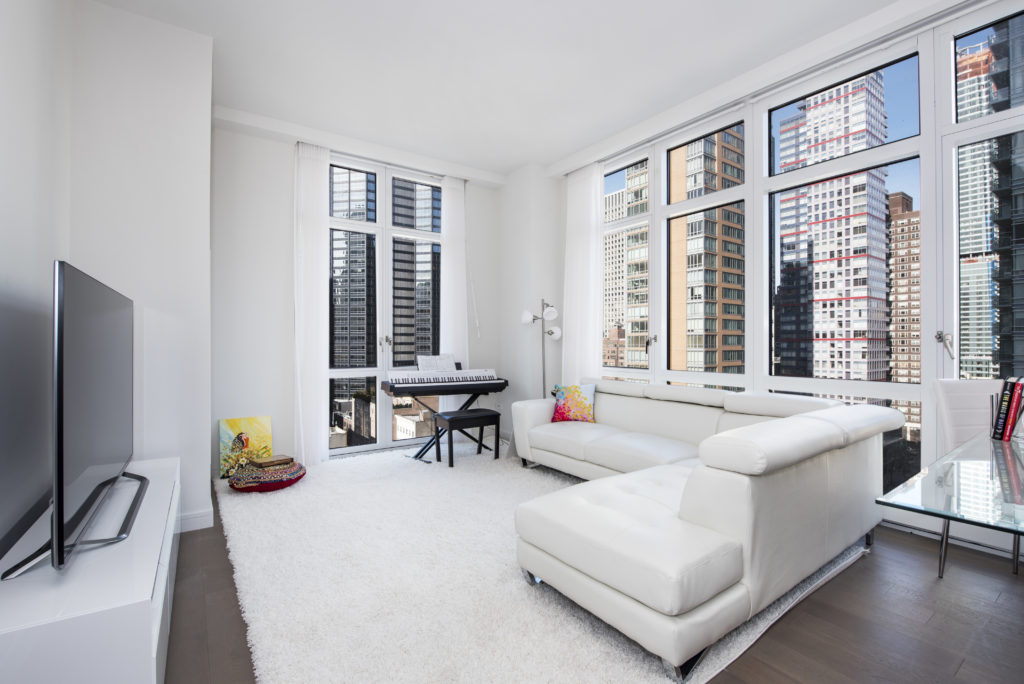
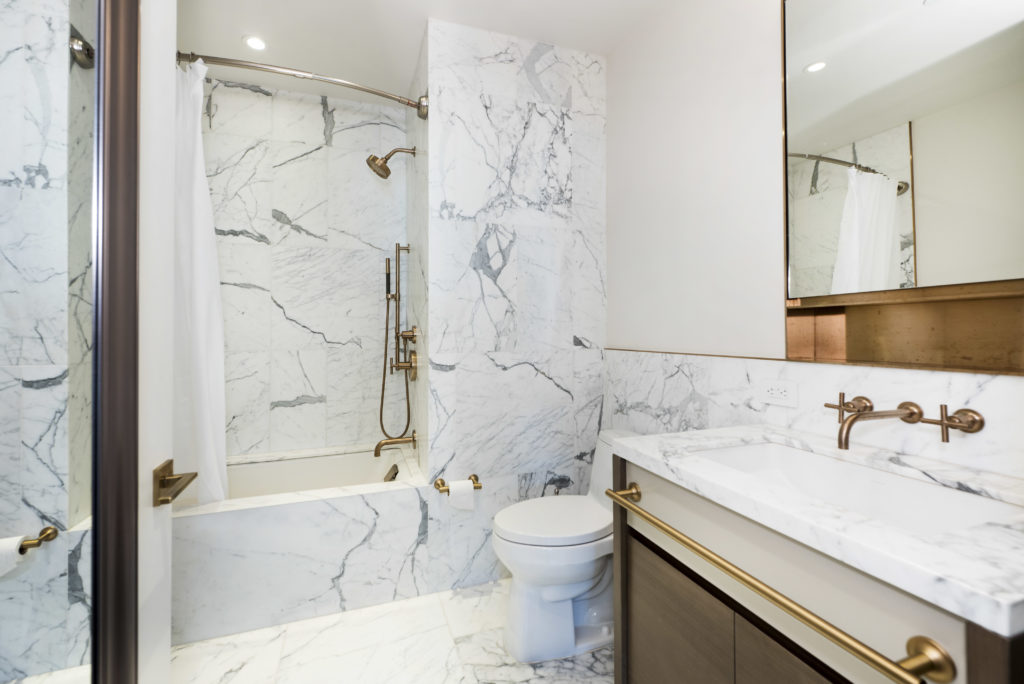
Holding period at least 2 years
I recommend to our investor clients to hold the property at least 2 years before selling. This is because when buying, the transaction costs are about 2 to 5 percent of price. When selling, about 8 percent of price. Hence the property needs to appreciate beyond 10 percent for the investor to make a profit. A holding period of 5 years is optimal.
Holding period also depends on where in the cycle the investor purchased. In 2009 (subprime crisis and Lehman collapse) and 2020 (Covid), Manhattan property prices actually declined. Manhattan prices dip only during recessions but recover quickly from historical experience.
Read more: Manhattan property historical price appreciation trend
Minimize rental turnover and vacancy
For the Manhattan investor, keeping the property rented is key. Usually a Manhattan tenant would stay a few years before moving. Reason is that the tenant pays heavy upfront fees with each move – application fee, broker fee, board package fees. It is in the tenant’s and investor’s best interest to have as long of a lease as possible.
When there is vacancy, the investor owner loses out on rental income and often has to repaint, clean and make minor fixes on the apartment. These are expenses that take away from eventual profit of the property.
Deal example: 959 First Avenue, amazing interior details and windows. We selected this high floor, dual exposure layout which makes the apartment very bright. Rented out during first showing.
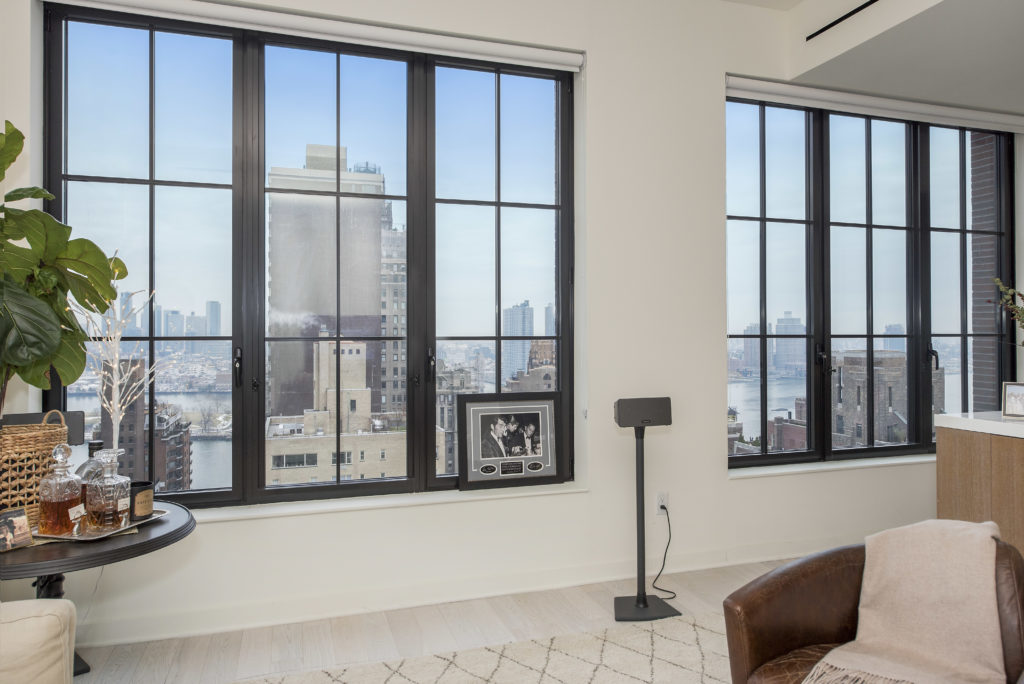
How to realize profit : Sell, 1031 exchange or refinance
After the 5 years, the investor can choose to:
(i) Sell outright. This involves paying capital capital gains taxes, taking the profit and moving on.
(ii) Do a 1031 exchange. This means exchanging the property (via a 1031 exchange mechanism) to buy another like-kind property of equal or higher value. By using a 1031 exchange process, the US’s IRS (tax regulatory agency) allows deferring of capital gains taxes, hence all sale proceeds can be used to buy property (as opposed to part of it being used to pay capital gains taxes).
The investor needs to use a 1031 intermediary which holds the proceeds from the sale of the old property and then invests those proceeds into the new property. The investor would top up any extra equity required.
Doing a 1031 exchange means keeping funds in the U.S.
(iii) Refinance. In 5 years, the property’s value would have increased substantially. The client can go to a bank to refinance to pull out the appreciated equity (called a cash-out refinance) and apply this equity to invest in more property. This is how one property grows into two properties and so on.
This means the monthly mortgage payment would increase. But the assumption is that in 5 years, rents would have increased as well to (hopefully) cover this increased mortgage payment. The cashed-out equity would be used to buy another property.
Time
Ultimately, investing in Manhattan property is driven by time. Time is what it takes for the property value to appreciate, for the investor to take the profit and use it to make more profit, either in the form of another Manhattan property or another asset.
What We Do
We focus on global investors buying Manhattan condos for portfolio diversification and long term return-on-investment.
1) Identify the right buy based on objectives
2) Manage the buy process
3) Rent out the property
4) Manage tenants
5) Market the property at the eventual sale

Deal example: 88 Greenwich, 35th floor waterview apartment. Buyer client purchased with long term tenant in place, hence no vacancy associated with renting out the apartment.
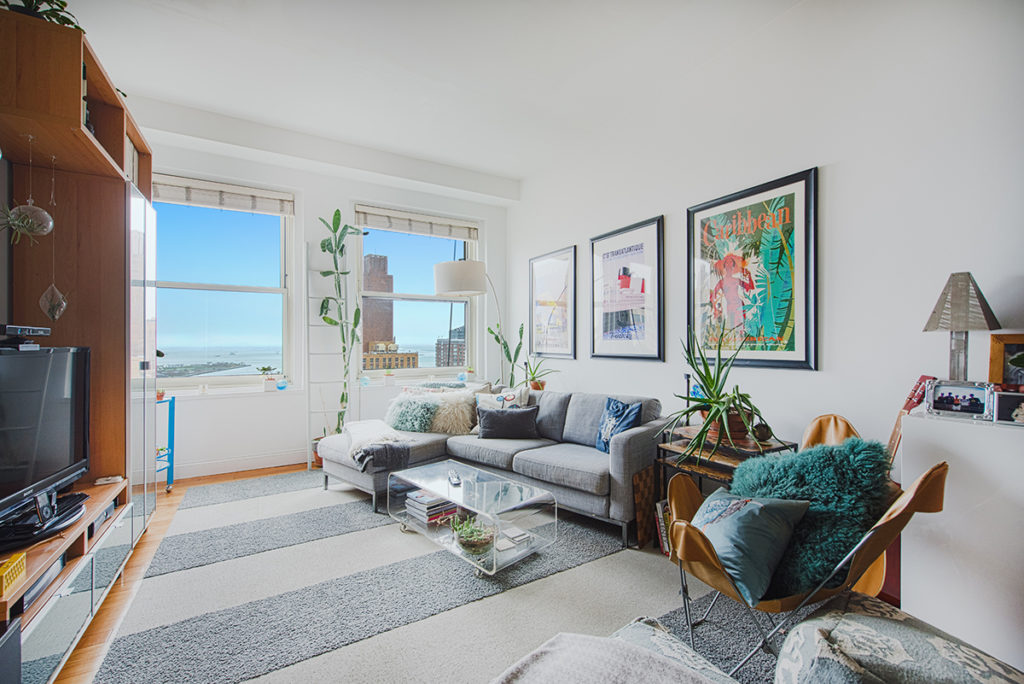
This article was updated May 20, 2022
Follow On Instagram

